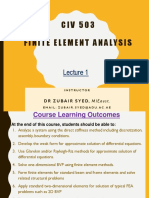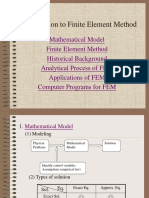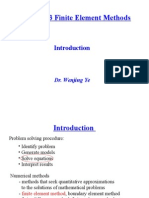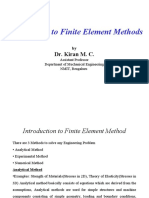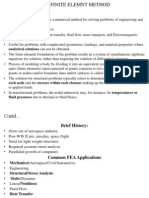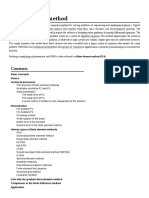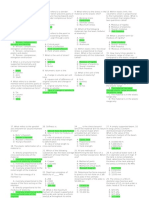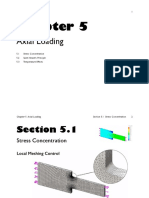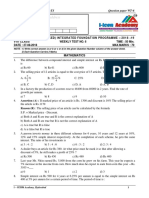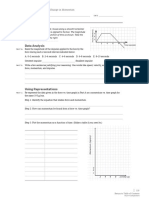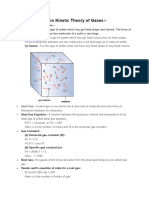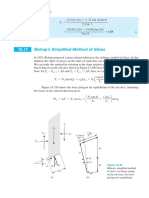0% found this document useful (0 votes)
33 views4 pagesFEM
Finite Element Methods (FEM) is a numerical technique for approximating solutions to boundary value problems in partial differential equations, widely used in various engineering fields. The FEM process involves problem definition, discretization, element equations, assembly, application of boundary conditions, solution, and post-processing. While FEM can handle complex geometries and provides accurate results, it is computationally expensive and requires expertise in modeling and interpretation.
Uploaded by
himesh2092007Copyright
© © All Rights Reserved
We take content rights seriously. If you suspect this is your content, claim it here.
Available Formats
Download as PDF, TXT or read online on Scribd
0% found this document useful (0 votes)
33 views4 pagesFEM
Finite Element Methods (FEM) is a numerical technique for approximating solutions to boundary value problems in partial differential equations, widely used in various engineering fields. The FEM process involves problem definition, discretization, element equations, assembly, application of boundary conditions, solution, and post-processing. While FEM can handle complex geometries and provides accurate results, it is computationally expensive and requires expertise in modeling and interpretation.
Uploaded by
himesh2092007Copyright
© © All Rights Reserved
We take content rights seriously. If you suspect this is your content, claim it here.
Available Formats
Download as PDF, TXT or read online on Scribd
/ 4



















